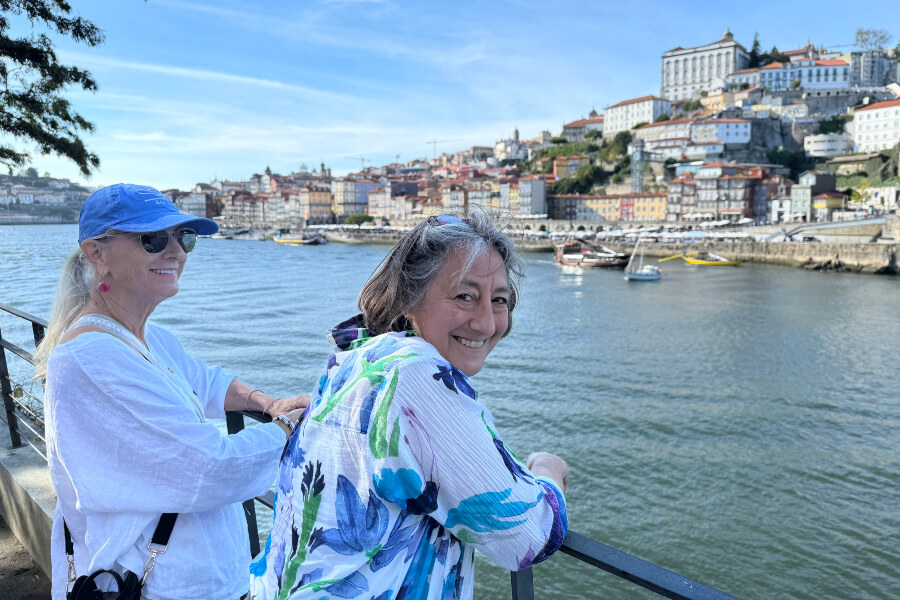“The highest gift that man has is art, and I am audacious enough to think of myself as an artist.” —Lorraine Hansberry
Those words were spoken by the late (she died at 34), great playwright of Raisin in the Sun. Many years have passed since Lorraine Hansberry’s time, though we are still discussing—even debating—what art is and how it is best employed.
I just saw a play in New York called The Habit of Art, which deals with two famous creators of the past: the poet W. H Auden and the composer Benjamin Britten. On the same night just up the street, the Metropolitan Museum was holding its annual costume ball, about which The New York Times wrote, “The fanfare surrounding the event takes center stage: Whether attendees know anything about the show they are there to honor is beside the point.” The point, in fact, may be finding and enjoying art wherever possible, including in ourselves.
Which is why a new book, called Your Brain on Art: How the Arts Transform Us, is so timely, and yes, hopeful. Co-authored by Ivy Ross, who heads up hardware designs for most Google products, and Susan Magsamen, a physician at Johns Hopkins, the book documents the physical and mental difference art makes in our lives, whether it be the kind we hang on the walls, dance to, or pick up to read. As David Byrne notes in his blurb for the book: “Its pages provide proof for what so many of us have always known: that art is transformative beyond measure.”
Read More: Two Provocative Powerhouse Artists Take Center Stage in NYC
The Word We All Need to Know
Having been impressed by Ross’s work at the Mattel Toy Co., Magsamen, formerly in arts and education, tracked her down. “It was her style of management . . . very cooperative, not hierarchal,” she recalls. “I also wanted to know who was this woman putting Barbie in sneakers instead of high heels and so many other creative things.”
They immediately connected and began their research with a series of salons, asking people a simple question: “Is there an art form that has changed your life?” Magsamen recalls that, “We had dancers, philanthropists, scientists, and others. And literally hours later, people were telling us powerful, heartbreaking stories. We realized this is in our core. We’re really wired for art, that it’s what we have needed to survive.”
The art–brain connection is important in these COVID-inspired years leading to unprecedented loneliness, depression, and anxiety.
One word we all need to become familiar with is neuroaesthetics. You might love Jackson Pollock, and I might love Edward Hopper. You are moved to get up and dance to The Beatles, while I swoon to Sam Cooke. The object that is triggering the beauty experience can be very different (that beholder thing), but the fact is, our brains get happier and fuller when stimulated artistically. “This field is exploding,” says Magsamen. Particularly, in these COVID-inspired years leading to unprecedented loneliness, depression, and anxiety. “People are desperate for connection,” adds Ross.
The narratives in the book remind us that we all begin as curious children and then move on to become students who are encouraged or not. “People stop doing something artistic because they were told they weren’t good at it, or because it wasn’t going to be their profession,” says Ross. “But children should never be discouraged.”
“Art isn’t tennis, you don’t have to win,” says one of the characters in The Habit of Art. This past week, a 60-year old woman named Erica confided that she recently found the nerve to take a drawing class. “I told the teachers that I’d always been told I was bad at drawing, but these teachers said that I actually have talent.”
Art Meets Science
Your Brain on Art offers a hefty, if easily digestible, dose of science. (“The arts trigger the release of neurochemicals, hormones and endorphins, and you are biologically changed.” “Sensorial experiences make for moral neural pathways. You get more brain mass with more synaptic connections.”) Bottom line: We have to find creative ways to express our feelings. As Ross says, it’s key to “get our emotions out of our body where they get stuck, out in the world, or even just for yourself.”
It’s key to ‘get our emotions out of our body where they get stuck, out in the world, or even just for yourself.’
The women’s own work speaks for itself. Ross’s design team at Google has won more than 200 awards, its guiding principles very much about how the products feel and look as much as how they work. Magsamen has had great impact at John Hopkins’ School of Medicine, “applying all this research about how critical arts are into our practice.” The word is out. The women have been invited to speak to hundreds of school superintendents at the Getty Museum next month and have been approached by Christie’s to see about making neuroaesthetics part of the auction house’s picture, so to speak. They will also be contributing to the highly regarded Aspen Institute summer program.
“We are the curators of our lives” is one of the memorable lines in Your Brain on Art, now in its third printing. The New York Times’ recent section on women mentors asked, “How does an artist keep making art? First by turning to herself for inspiration.”
It made me think of my friend Fiamma, who has been an arts journalist for most of her 70-plus years. She has a lovely, calm spirituality about her, even while dealing with her husband’s recent death, about which she chose to write. “As an Italian, art flows through our blood,” she says.
And then there is the recent Nobel-Prize-winning writer Annie Ernaux. As author Rachel Cusk noted in The New York Times, “What Annie Ernaux understood was that as a female child of the regional laboring classes, herself was her only authentic possession in this world, and thus the sole basis for the legitimacy of her art.” That’s a good touchstone for all of us.
Read More: What Artist Faith Ringgold, 91, Knows About Finding Your Voice
***
Michele Willens is the author of From Mouseketeers to Menopause.





















0 Comments